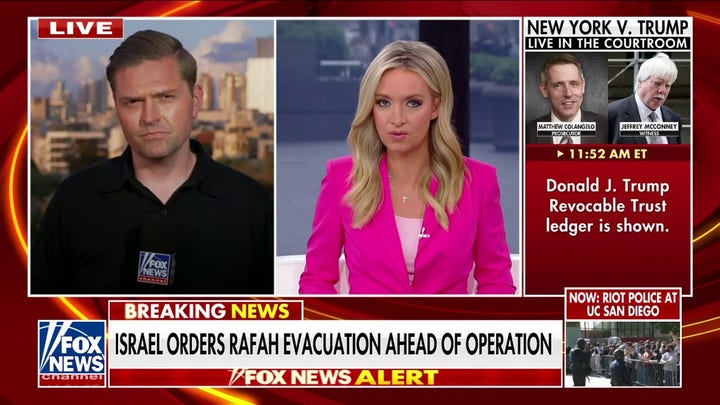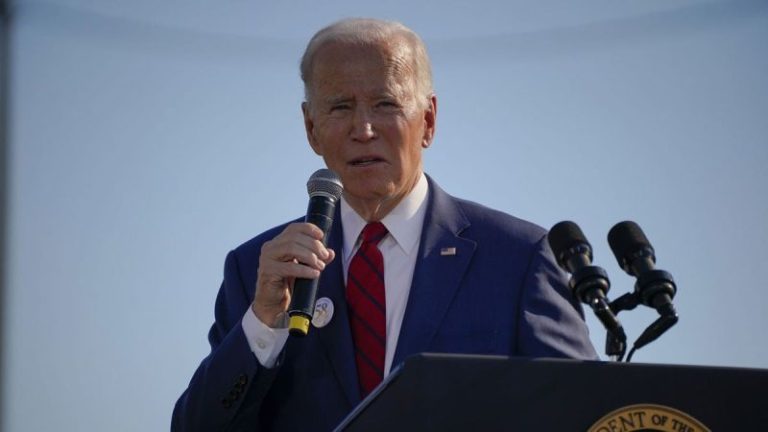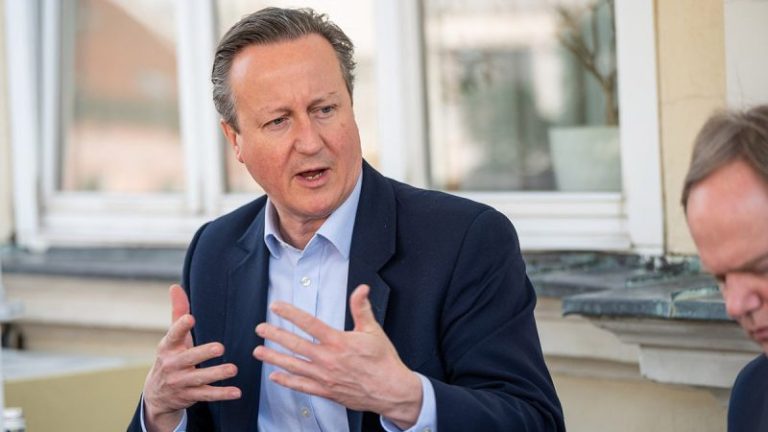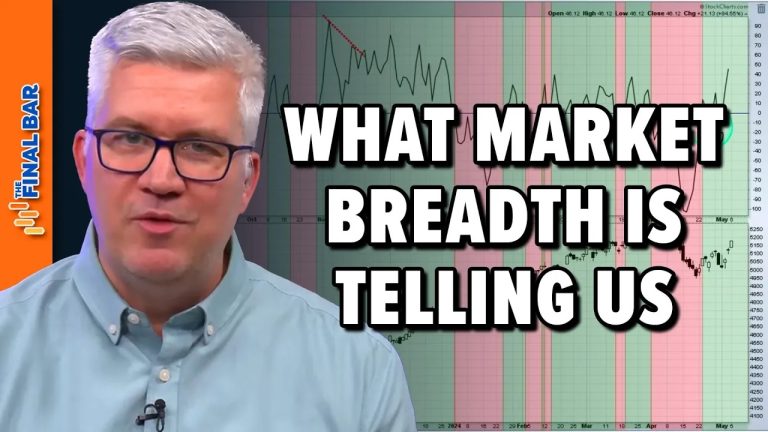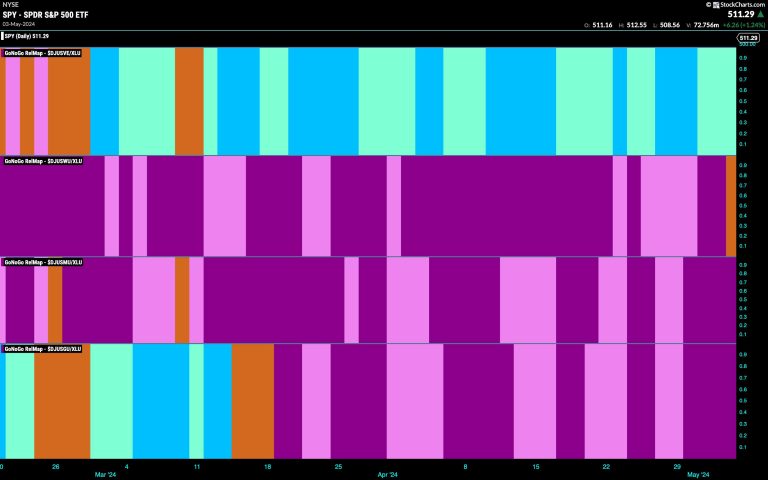Which nation is the leader of ‘The West?’
To answer that question you must first define what ‘The West’ is.
There are a hundred different definitions, and indeed an entire PBS series devoted to that question. ‘Civilization: The West and the Rest with Niall Feruguson’ debuted in 2012, and the accomplished historian issued a companion book at the same time and with the same title.
‘In ‘Civilization: The West and the Rest,’’ the summary of the book relays, ‘bestselling author Niall Ferguson argues that, beginning in the fifteenth century, the West developed six powerful new concepts that the Rest lacked: competition, science, the rule of law, consumerism, modern medicine, and the work ethic.’
Those characteristics are fine and easily applied to exclude from ‘The West’ tyrannies such as the People’s Republic of China, Russia and Iran and all of their puppet states or proxies. But it does not include the essential ingredient: freedom. ‘The West’ is defined by this essential, must-have feature: Some significant measure of individual liberty. That liberty must include the rule of law and not the rule of despots or oligarchs. There is no rule of law where the law can be easily manipulated or avoided. There cannot be in any member nation of ‘The West’ a secret police that operates without restraint and oversight but solely on the direction of unaccountable despot(s).
The members of ‘The West’ have free elections at regular intervals and guarantee freedom of conscience, speech and almost always movement within their boundaries to their citizens. Constitutions of member states may be written as in the United States, or unwritten as in the United Kingdom.
Nations in ‘The West’ may be large or small, rich or poor, and since the end of World War Two at least, can be found on every continent. Countries can be part of ‘The West’ and then lose that status as has happened to Venezuela, or it can aspire and eventually join or re-join ‘The West’ as has happened with many former members of the now defunct ‘Warsaw Pact.’ Poland is one such country, as are many others surrounding Ukraine. Ukraine aspires to be part of ‘The West’ and is fighting and its people suffering and many thousands dying to keep that dream alive. Japan was a tyranny and an empire but, defeated by the Allies in 1945, it is now among The West’s leaders.
Even as the definition becomes clearer, the first question becomes more and more difficult to answer: ‘Which nation leads the West?’
Until December 7, 1941, the leader of ‘The West’ was the United Kingdom, standing alone after the defeat of France by Hitler’s Germany in 1940. After Pearl Harbor, the United States was thrust into that role and has remained there without question until this decade. Until very recently in fact.
Now, there are reasons to doubt that leadership, for the United States has failed to fulfill that role since 10/7, slipping again and again into a catastrophic ambiguity about the nature of the alliance of ‘The West,’ and at times throwing into considerable doubt whether we can be relied upon as an ally and as an enemy of tyrants and maniacs. A similar palsy overtook us in the aftermath of our loss of the Vietnam War, during the presidency of Jimmy Carter. President Ronald Reagan cured and restored us. That palsy that marked the late 1970s in the United States has returned.
The U.S. remains by far the wealthiest and strongest nation in the world, but it is at present divided at home and deeply confused about good and evil, friend and enemy. President Biden, already infirm and increasingly incoherent seems to be headed towards incapacity, but he is, by operation of the Constitution, the Commander-in-Chief of our supremely strong military. We cannot know what he is like in private and many Americans suspect he is not in full control of the Executive Branch. Certainly many suspect that some among our allies are concerned about his ‘leadership.’
President Biden’s infirmity and growing incoherence has indeed caused the whole world to wonder if anyone at all is in charge of the country. Of course few will say this out loud. America’s power to punish is still robust even if its president isn’t. So our allies pretend that all is fine, while our enemies plot and plan. But since the collapse in Afghanistan signaled to the world that the United States was run by a band of weak bumblers headed in title if not in fact by a very old man of limited ability, it is hard to argue that the United States is ‘leading’’anything at all these days.
If ‘The West’ as understood as the family of nations committed to everything laid out above has any leader at all right now, it seems like Israel is the only candidate qualified to step up into the vacuum left by the U.S. paralyzed by the weakness of its leadership. But Israel is also under siege on the world stage and at war with ruthless enemies, and the United States is of a divided mind about Israel, with the left wing of the Democratic Party apparently afraid that Israel might actually win and destroy the military capabilities of Hamas and perhaps after that Hezbollah.
If the United States cannot proudly stand with Israel on the side of victory by Israel over an evil terrorist puppet of an evil theocracy, then we have to, at least for a season, given up title to leadership of ‘The West.’ Israel is the unlikeliest of all nations to become the most courageous defender of the West’s highest and best traditions, but there it is: Alone and besieged, with weak-kneed allies and an absurd world media elite that has lost any idea of why a free press matters, this nation reborn in 1958 is still very young, but it is very much a nation of warriors and however rancorous its internal politics, it has not lost sight of its purpose.
In his introduction to a book of essays, ‘The City and Man,’ the most significant political theorist of the last century, Leo Strauss, wrote this:
‘However much the power of the West may have declined, however great the dangers to the West may be, that decline, that danger, nay, the defeat, even the destruction of the West would not necessarily prove that the West is in a crisis: the West could go down in honor, certain of its purpose. The crisis of the West consists in the West’s having become uncertain of its purpose.’
Israel is not uncertain of its purpose. America or at least its present Executive Branch quite obviously is. If there are any other nominees for the job of leading The West, by all means nominate them, or work to restore America to its former position. Until that happens, every citizen of the West looking for a nation committed to the freedom of its citizens and willing to defend that freedom at the cost of extraordinary losses of life and treasure, will need to study the example of Israel, and be willing to develop the weapons it will need to deter the enemies of freedom who have quite openly organized against ‘The West.’
Hugh Hewitt is host of ‘The Hugh Hewitt show,’ heard weekday mornings 6am to 9am ET on the Salem Radio Network, and simulcast on Salem News Channel. Hugh wakes up America on over 400 affiliates nationwide, and on all the streaming platforms where SNC can be seen. He is a frequent guest on the Fox News Channel’s news roundtable hosted by Brett Baier weekdays at 6pm ET. A son of Ohio and a graduate of Harvard College and the University of Michigan Law School, Hewitt has been a Professor of Law at Chapman University’s Fowler School of Law since 1996 where he teaches Constitutional Law. Hewitt launched his eponymous radio show from Los Angeles in 1990. Hewitt has frequently appeared on every major national news television network, hosted television shows for PBS and MSNBC, written for every major American paper, has authored a dozen books and moderated a score of Republican candidate debates, most recently the November 2023 Republican presidential debate in Miami and four Republican presidential debates in the 2015-16 cycle. Hewitt focuses his radio show and his column on the Constitution, national security, American politics and the Cleveland Browns and Guardians. Hewitt has interviewed tens of thousands of guests from Democrats Hillary Clinton and John Kerry to Republican Presidents George W. Bush and Donald Trump over his 40 years in broadcasting, and this column previews the lead story that will drive his radio/TV show today.

